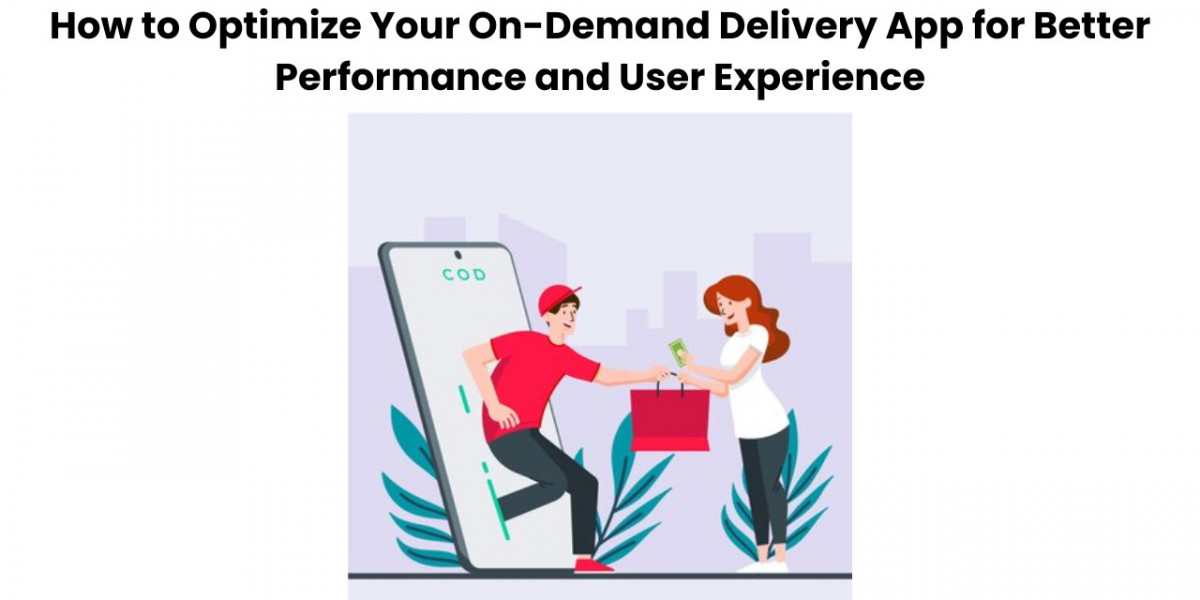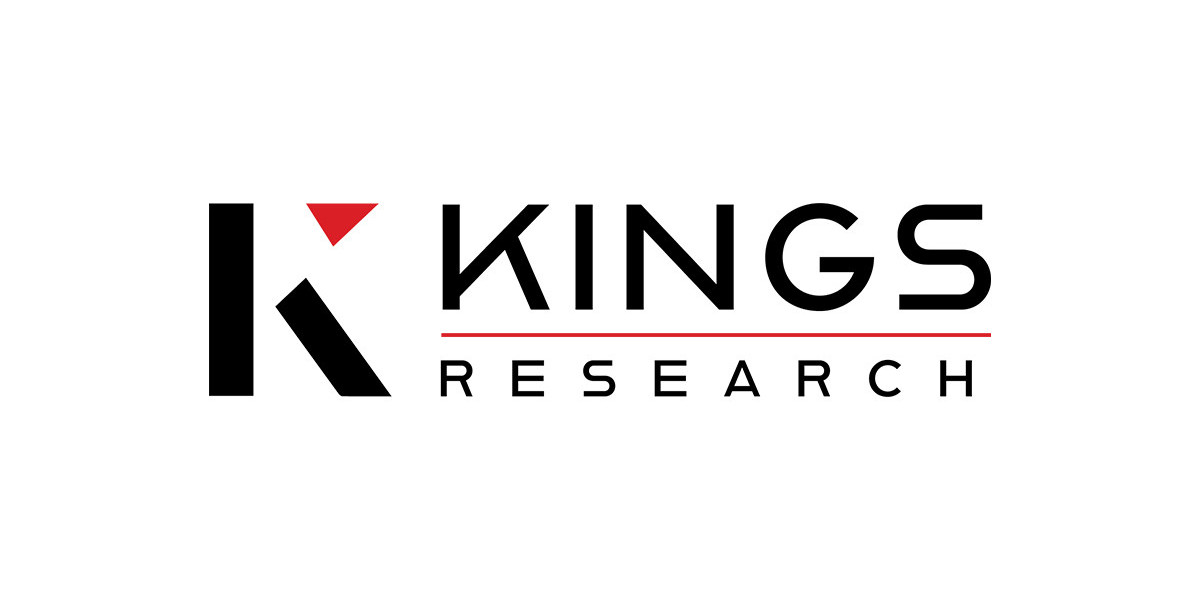The success of on-demand delivery apps relies heavily on their ability to deliver a smooth, hassle-free experience to users. Seamless integration is a key factor in achieving this goal. Whether it’s integrating payment systems, real-time tracking, or third-party services like Google Maps, each integration needs to work perfectly to provide a great user experience. As an entrepreneur developing an on-demand delivery app, ensuring that your app integrates seamlessly with various platforms, tools, and services will make all the difference in ensuring your app runs efficiently.
In this blog, we will take you through the importance of seamless integration in on-demand delivery app development and how to ensure that every component of your app functions together without any hiccups.
Why Seamless Integration is Important in On-Demand Delivery App Development
Before diving into how to achieve seamless integration, it’s essential to understand why it is important. An on-demand delivery app connects various components, including customers, delivery drivers, businesses, payment gateways, and more. These components need to communicate effectively to ensure the smooth functioning of the app. If one piece fails to integrate properly, it can disrupt the entire experience, leading to unhappy customers, frustrated drivers, and lost business.
Seamless integration is vital for:
- Efficient Operations: Smooth integration ensures that each part of the app, from order placement to delivery tracking, functions as expected, improving operational efficiency.
- User Experience: A well-integrated app creates a frictionless experience for users, whether they are placing an order, making a payment, or tracking their delivery.
- Scalability: As your business grows, integrating third-party services or adding new features becomes easier if your app’s foundation is built with seamless integration in mind.
- Reduced Errors and Downtime: When components work together, there are fewer chances for errors, and the likelihood of the app crashing or experiencing downtime is minimized.
Now, let’s take a closer look at how you can ensure seamless integration in your on-demand delivery app development.
Key Areas to Focus on for Seamless Integration
1. Payment Gateway Integration
A smooth payment process is one of the most critical aspects of an on-demand delivery app. Your app should support multiple payment methods, such as credit/debit cards, mobile wallets, and even cash on delivery, to cater to various customer preferences. However, to offer these services, you need to integrate with secure payment gateways.
Best Practices for Payment Integration:
- Choose a Secure Payment Gateway: Select a reliable and secure payment gateway that meets industry standards like PCI-DSS. Popular options include Stripe, PayPal, and Braintree.
- Ensure Multiple Payment Methods: Allow users to pay via different channels like credit cards, debit cards, PayPal, or even through local wallets such as Google Pay or Apple Pay.
- Encryption: Implement SSL encryption to protect payment information and user data. Always ensure secure transactions to foster trust with users.
- Transaction History: Provide users with a detailed transaction history so they can track their payments and receipts easily.
2. Real-Time GPS Tracking Integration
One of the standout features of an on-demand delivery app is real-time tracking. Customers expect to see exactly where their order is and when it will arrive. To offer this feature, integrating GPS tracking into your app is a must. It allows both customers and delivery drivers to view real-time updates, ensuring transparency and reducing anxiety about delivery delays.
Best Practices for GPS Integration:
- Utilize Mapping APIs: Use mapping APIs like Google Maps or Mapbox to integrate real-time GPS tracking into your app.
- Provide Accurate Estimates: GPS integration allows for accurate route planning, helping delivery drivers to avoid traffic and providing customers with realistic delivery times.
- Driver Navigation: The app should not only show the customer’s location but also guide the delivery driver with turn-by-turn navigation, ensuring smooth routes and timely deliveries.
3. Third-Party API Integrations
Your on-demand delivery app may need to interact with several third-party APIs for additional functionality. These could include integrating with inventory management systems, CRM (Customer Relationship Management) tools, or even analytics tools. Integrating with third-party services can significantly enhance the app’s functionality.
Best Practices for Third-Party Integrations:
- Select Reliable Third-Party Services: Choose trusted third-party service providers that offer stable APIs with good documentation and customer support. Examples include payment gateways, delivery management tools, or analytics platforms.
- Check API Compatibility: Ensure that the third-party services you are integrating with are compatible with your app’s architecture and technology stack.
- Automate Processes: Integration with services like CRM or marketing platforms can help automate processes such as sending customer notifications, tracking deliveries, and managing inventory.
4. User Authentication Integration
Security is a key concern for any app, especially on-demand delivery apps that store sensitive user information, such as addresses and payment details. Secure and easy user authentication is vital for your app’s success. Implementing a smooth integration for user authentication and ensuring that login and registration processes are user-friendly will enhance the app’s usability.
Best Practices for User Authentication Integration:
- Implement Social Logins: Allow users to sign up or log in using their social media profiles like Facebook or Google. This makes the process faster and more convenient.
- Two-Factor Authentication (2FA): To improve security, integrate two-factor authentication for added protection, especially for delivery drivers or customers handling sensitive information.
- Password Management: Ensure that your app offers secure password storage and management, using encryption to keep user passwords safe.
Read more: Ultimate Guide to On-Demand Delivery App Development in 2025
5. Notification and Communication Integration
Keeping your users and drivers informed throughout the process is crucial for a smooth delivery experience. Notifications can be used for order confirmations, delivery status updates, promotions, or even alerts for delays. Integrating communication tools like chat or in-app calling features can also be beneficial for real-time interaction between customers and delivery drivers.
Best Practices for Notification Integration:
- Push Notifications: Integrate push notifications to send real-time updates about order status, delivery time changes, or special offers.
- SMS Integration: In addition to push notifications, SMS can be used for customers who may not have the app installed or when the app cannot be accessed.
- In-App Messaging: Integrate real-time messaging or calling systems so that customers and delivery drivers can communicate directly within the app if needed.
6. Backend Integration for Order Management
The backend of your app plays a pivotal role in managing orders, processing them efficiently, and ensuring smooth communication between all the components. Proper backend integration will allow your app to handle orders, deliveries, payments, and customer information securely.
Best Practices for Backend Integration:
- Database Management: Use scalable databases like MySQL, MongoDB, or Firebase to store user, order, and delivery data securely.
- Order Routing System: Integrate a smart routing system that can automatically assign orders to the nearest available driver based on real-time location data.
- Monitoring Tools: Use monitoring tools like New Relic or Datadog to ensure that your backend is performing optimally. This helps you spot and fix any performance issues before they affect users.
Testing for Seamless Integration
Once all integrations are in place, thorough testing is essential. Perform the following tests to ensure that everything is working smoothly:
- Unit Testing: Test each integrated component individually to ensure that each piece of functionality works as expected.
- Integration Testing: Test how the different systems work together. For example, test the payment gateway with the backend system and make sure data flows correctly from one system to the next.
- Load Testing: Ensure that your app can handle high traffic volumes and that the integrations continue to perform well under stress.
Conclusion
Integrating various systems and third-party services into your on-demand delivery app is essential for providing a seamless and efficient user experience. By focusing on areas such as payment gateway integration, GPS tracking, third-party APIs, secure user authentication, and communication tools, entrepreneurs can ensure their apps function smoothly and meet customer expectations.
The key to success is to partner with experienced on-demand app development services that can help you build a seamless and scalable app. A reliable development team will guide you through the integration process and ensure that your app remains high-performing, secure, and user-friendly. By ensuring seamless integration, you can elevate the user experience, build customer loyalty, and grow your business in today’s competitive on-demand market.











